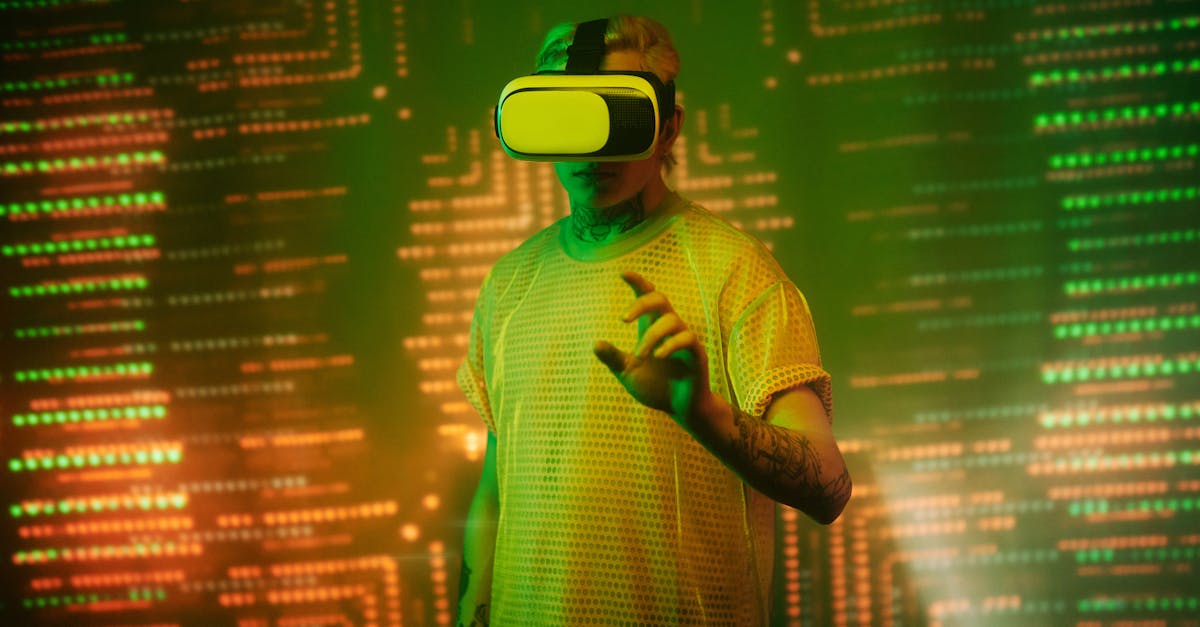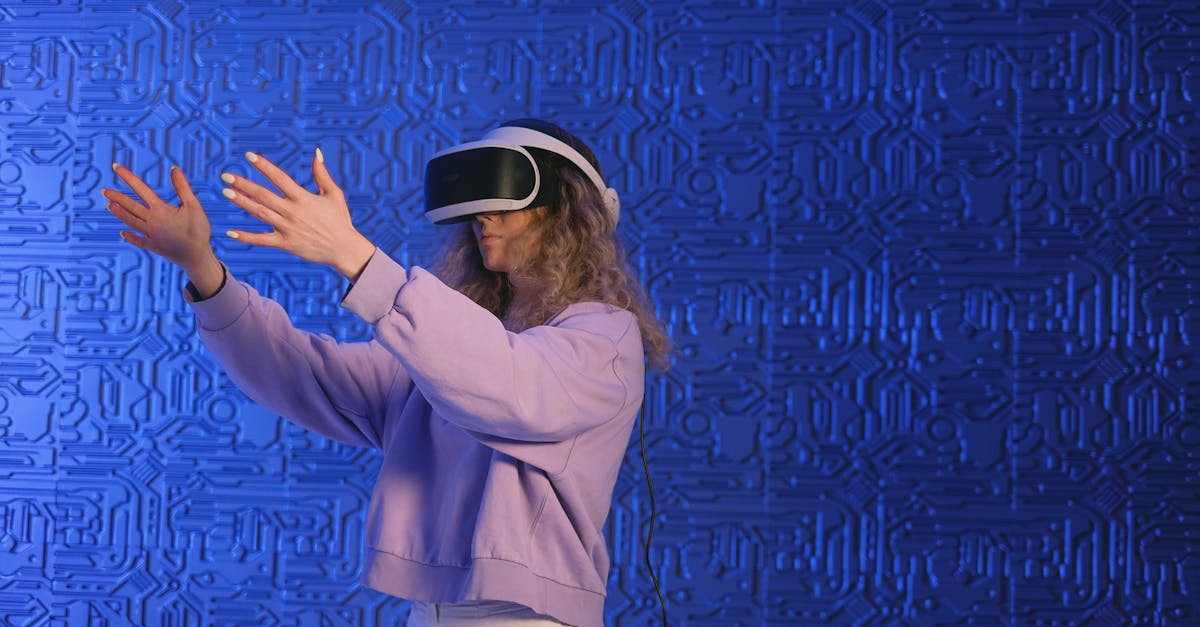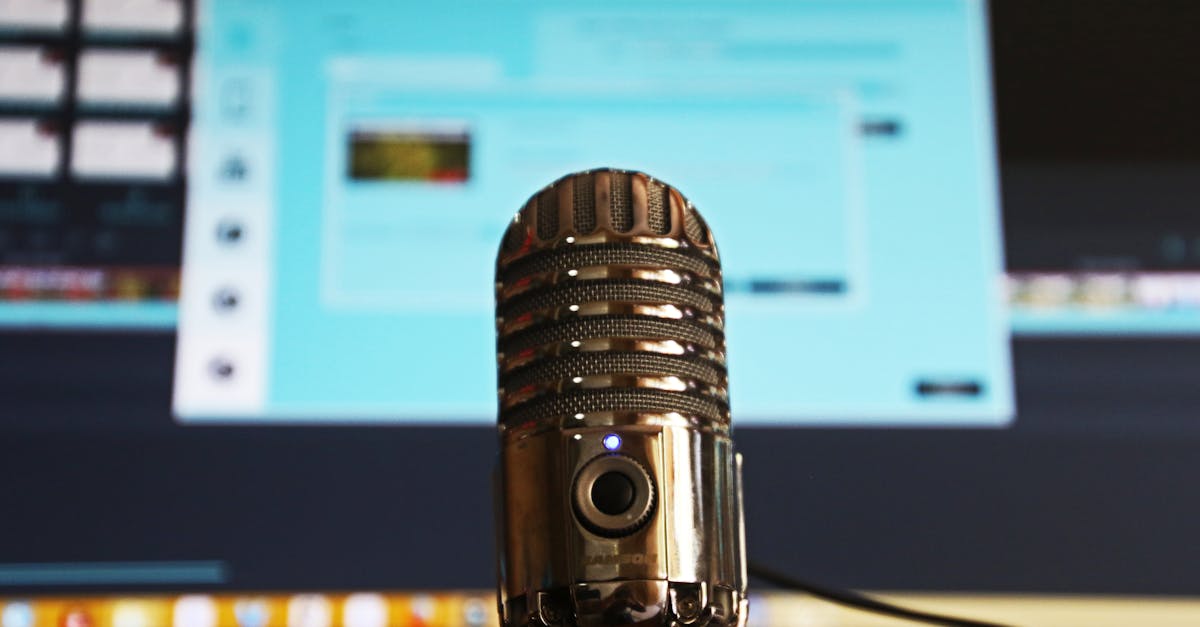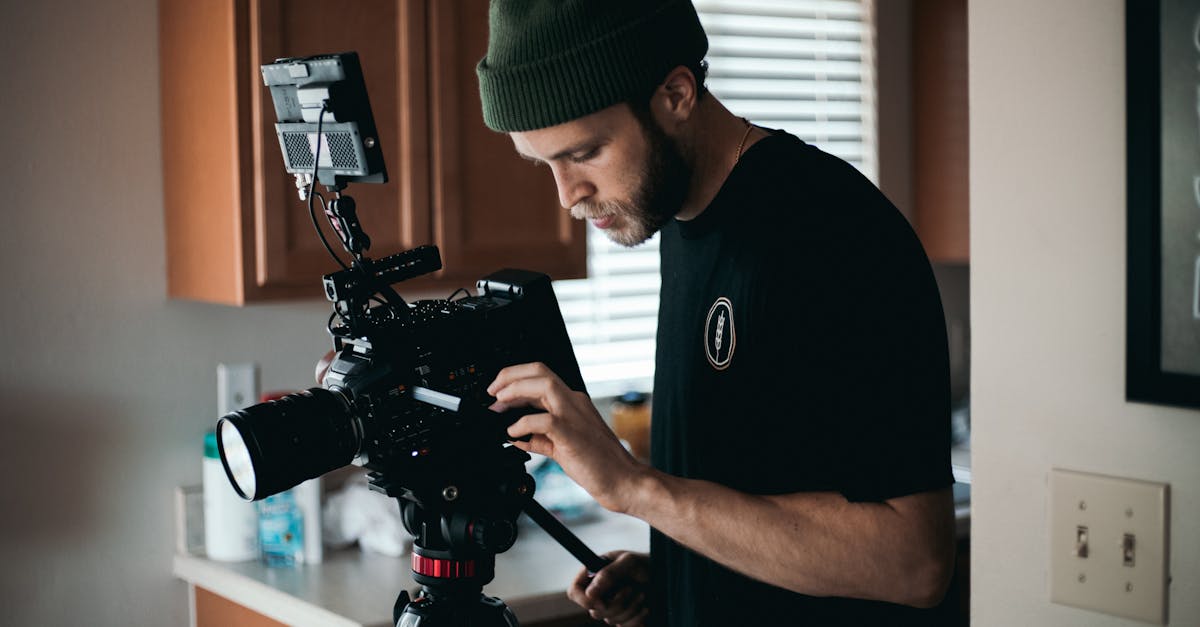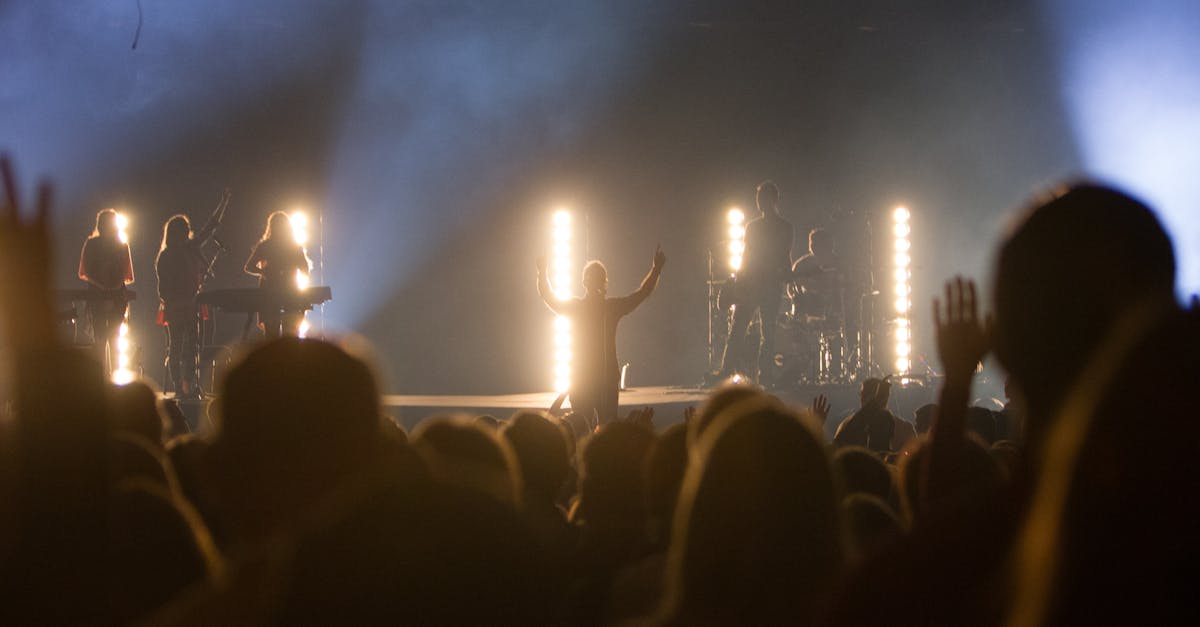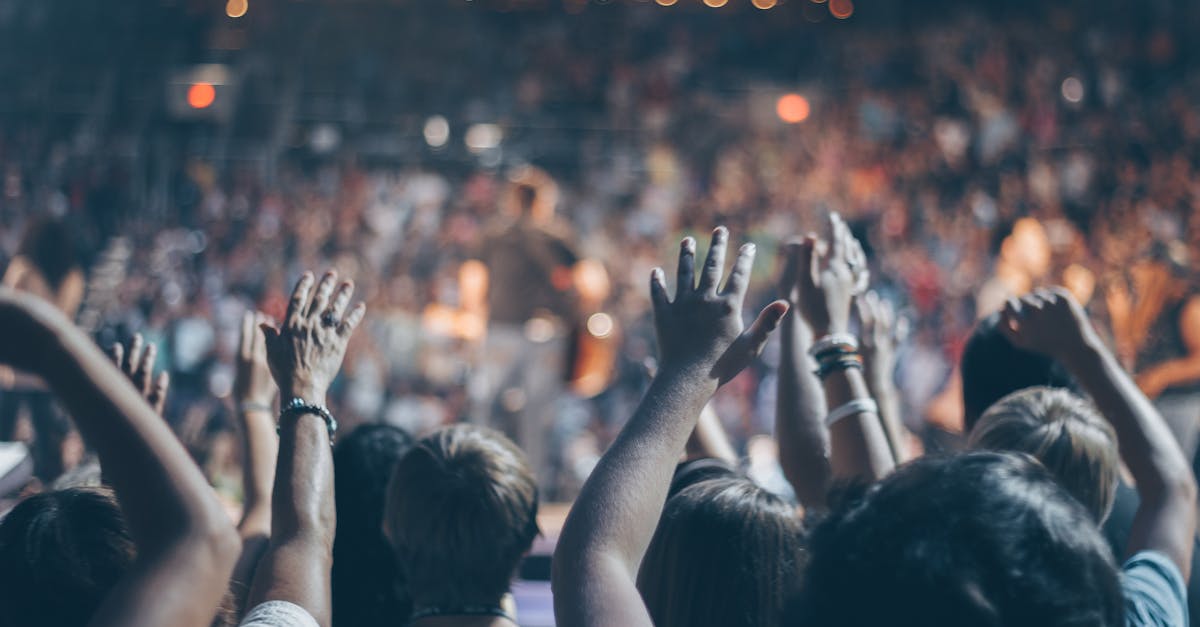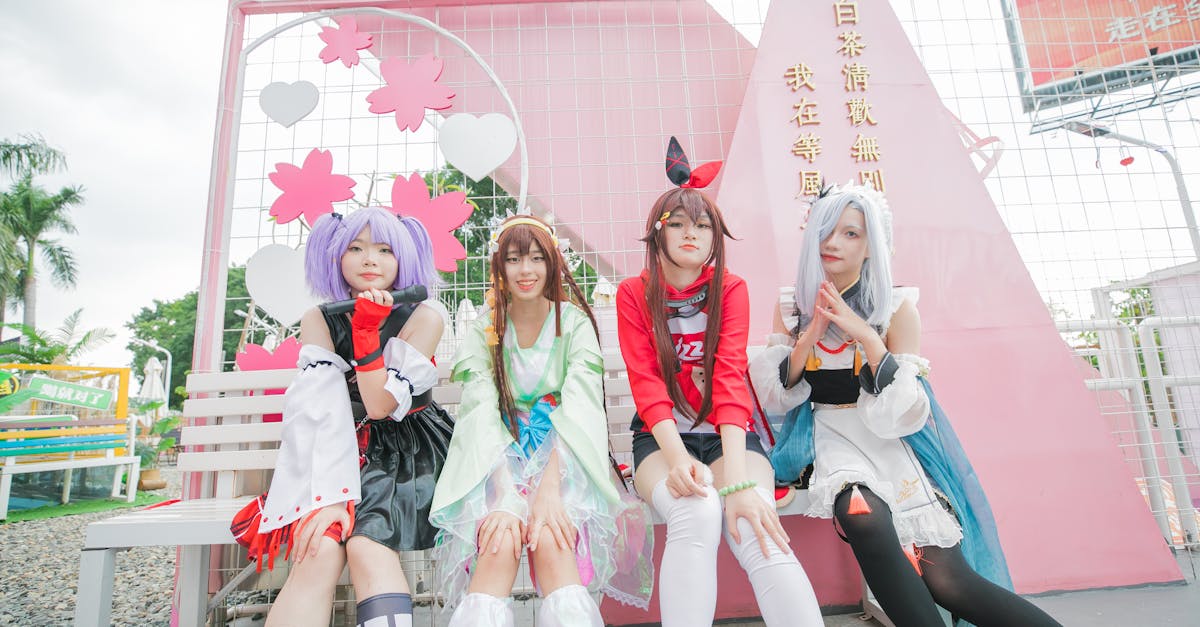Future of Arts Entertainment in a Digital Age
Introduction
In an era where technology is rapidly reshaping every sector, the world of arts entertainment is no exception. From virtual reality to AI-driven creations, the industry stands on the brink of a digital renaissance. But what does this leap into tomorrow hold for traditional art forms? How are artists embracing these technological tools to transcend conventional boundaries? As technology continues to evolve, it opens new doors for creativity and audience engagement. This transformative period poses both opportunities and challenges, which could redefine the cultural landscape for future generations.
Advertisement
The Emergence of Virtual Reality in the Arts
Virtual reality (VR) offers immersive experiences that are revolutionizing the way audiences interact with art. Traditional boundaries of visual arts, music, and theater are being extended into the digital realm. Artists use VR to create environments that allow spectators to walk through paintings, attend concerts in simulated worlds, or participate in interactive theater performances. This technology adds a new dimension to storytelling, immersing audiences in ways previously thought impossible. VR not only enriches the viewer's experience but also provides artists with a novel medium to express their artistic visions.
Advertisement
Augmented Reality as a Creative Tool
Augmented reality (AR) is enhancing artistic displays, bringing static works to life using digital elements. Museums and galleries worldwide are beginning to integrate AR into exhibitions, offering visitors a unique, layered viewing experience. By scanning a painting, visitors might see animations or hear audio that provides further context. This blending of physical and digital has the potential to reach wider audiences, especially the digital-native younger generation. As AR becomes more accessible, its adoption promises to expand artistic narratives and elevate creative storytelling.
Advertisement
AI in the Creation of Art
Artificial Intelligence is no longer a futuristic concept but an integral part of today's artistic landscape. From generating paintings to composing symphonies, AI is being harnessed to create art in ways traditional methods may not achieve. Artists collaborate with AI to push creative boundaries, exploring algorithms to develop unique styles. While some purists may question the role of AI in art creation, others view it as a tool that democratizes art, giving rise to new narratives and ideas. AI-assisted art challenges norms and invites discussions on authorship and creativity.
Advertisement
Streaming Platforms Redefining Music and Performance
The advent of streaming platforms has transformed music and live performances, allowing artists to reach global audiences instantly. Traditional concerts have evolved, with virtual music festivals and live-streamed performances offering accessibility from anywhere in the world. This shift in consumption has sparked debate on the value of live versus digital experiences. However, it has also led to innovative collaborations where artists leverage technology to engage fans in new ways. Despite initial resistance, the fusion of live and digital promises to broaden the spectrum of musical endeavors.
Advertisement
Digital Technology and Accessibility in the Arts
Digitalization is making art more accessible than ever before, breaking socio-economic and geographic barriers. Online galleries and virtual exhibitions are reaching art enthusiasts who might otherwise not visit physical museums. This accessibility fosters inclusivity, enabling diverse audiences to experience the arts. Digital platforms have democratized art education, with workshops and courses now readily accessible. As digital technology continues to democratize the arts, it holds the promise of creating a more interconnected and inclusive cultural community.
Advertisement
The Challenge of Preserving Tradition Amid Innovation
As the arts embrace innovation, a critical dialogue emerges around preserving traditional cultural expressions. With each technological advance comes the risk of overshadowing or misrepresenting classical art forms. Artists and institutions are tasked with finding a balance between innovation and maintaining cultural heritage. Collaborative efforts are underway to use technology as a preservation tool, digitally archiving and recreating traditional works. This partnership between tradition and technology seeks to ensure that the arts retain their soul while embracing modern advancements.
Advertisement
Future Trends and Possibilities
Looking ahead, the arts entertainment landscape is poised for further change as emerging technologies continue to develop. AI-generated artworks, blockchain-based rights management, and personalized AR experiences are just a glimpse into potential trends. The integration of tech-savvy installations and global collaborations suggests a future where boundaries blur, and art becomes a shared global experience. As artists and technologists work together, their collaborations are expected to bring about unexplored possibilities for cultural interactions on a global scale.
Advertisement
The Ethical Considerations in Art's Digital Evolution
As this digital evolution progresses, ethical considerations arise, particularly regarding intellectual property, originality, and the potential loss of tactile experiences. The use of AI in art raises questions of authorship and authenticity, challenging traditional art paradigms. Likewise, augmented and virtual reality beg questions around privacy and the sensory overload it might pose. Addressing these ethical concerns is crucial to ensuring a responsible and inclusive artistic future. As art evolves at the intersection of technology, maintaining ethical integrity will guide its sustainable growth.
Advertisement
Conclusion
The arts and entertainment industry is undergoing a seismic shift, driven by technological innovation. This new landscape demands adaptation while respecting the traditions that embody cultural heritage. As VR, AR, AI, and digital platforms continue to evolve, they redefine how we experience and create art. The challenge lies in navigating this digital renaissance with an emphasis on ethical considerations and inclusivity. Despite the challenges, this future promises an exciting playground for artistic expression and cultural exchange. With each leap forward, the arts invite us to explore new possibilities and deepen our engagement with creativity as we leap boldly into tomorrow.
Advertisement
